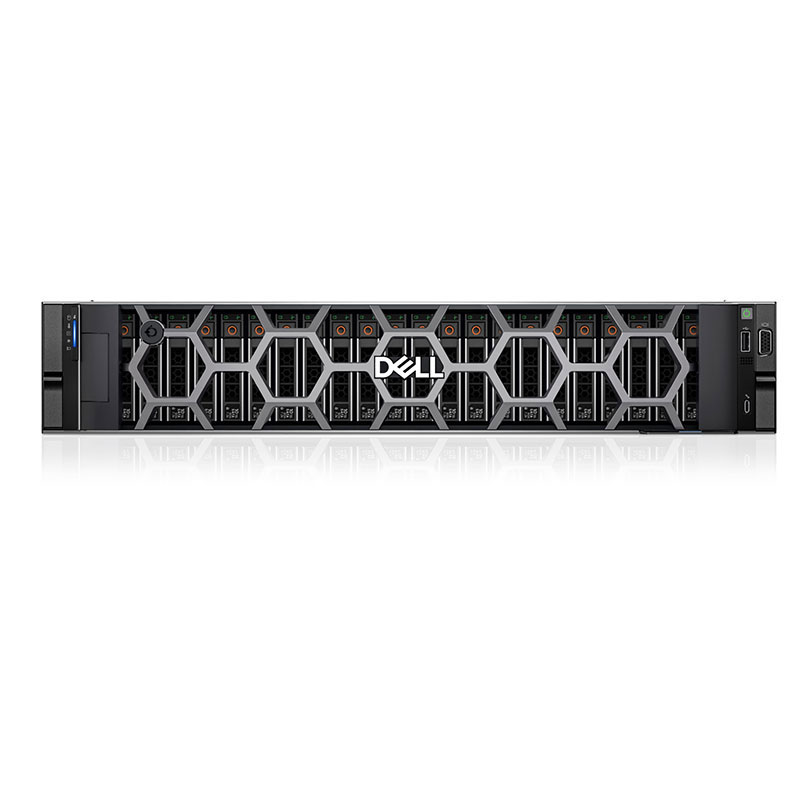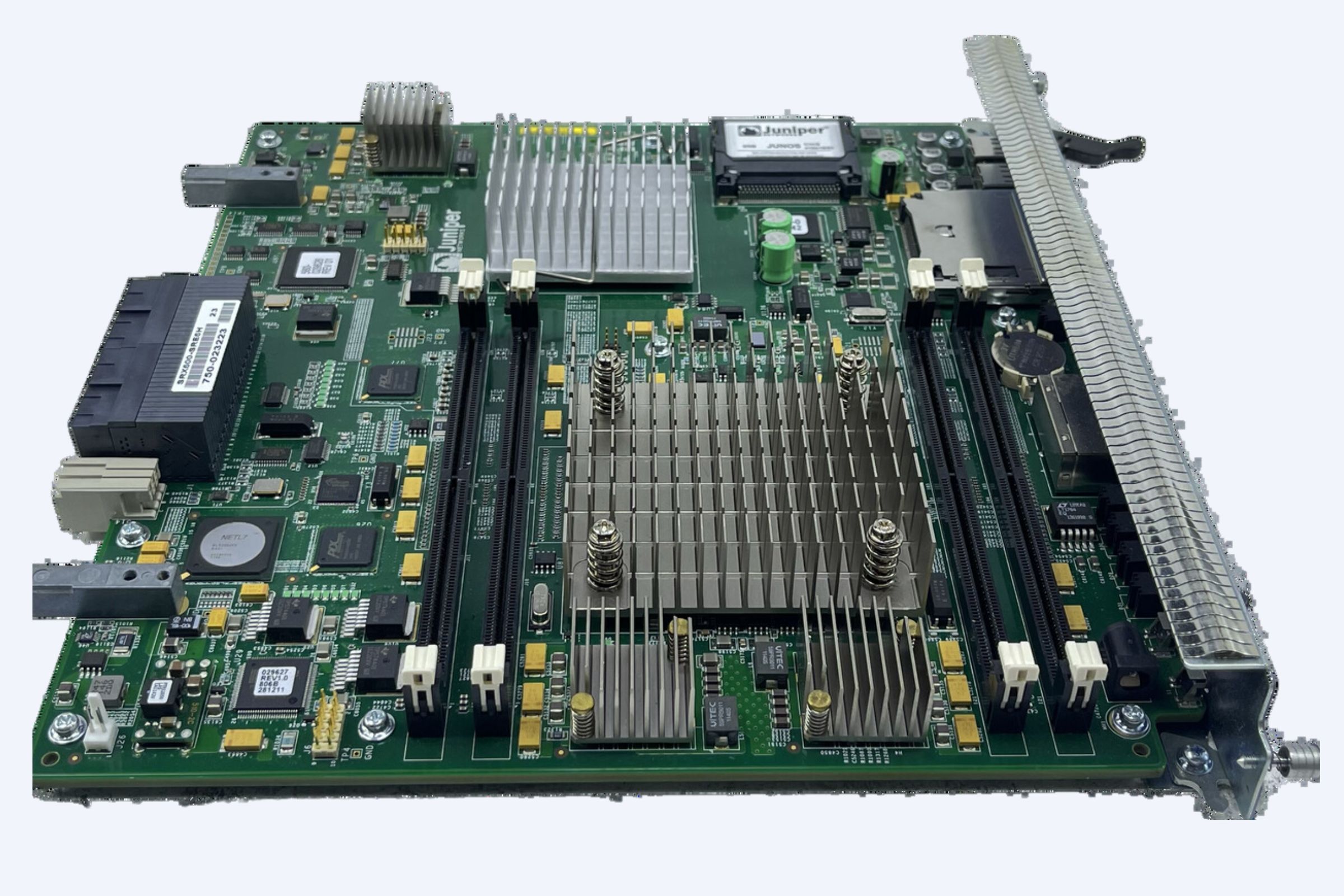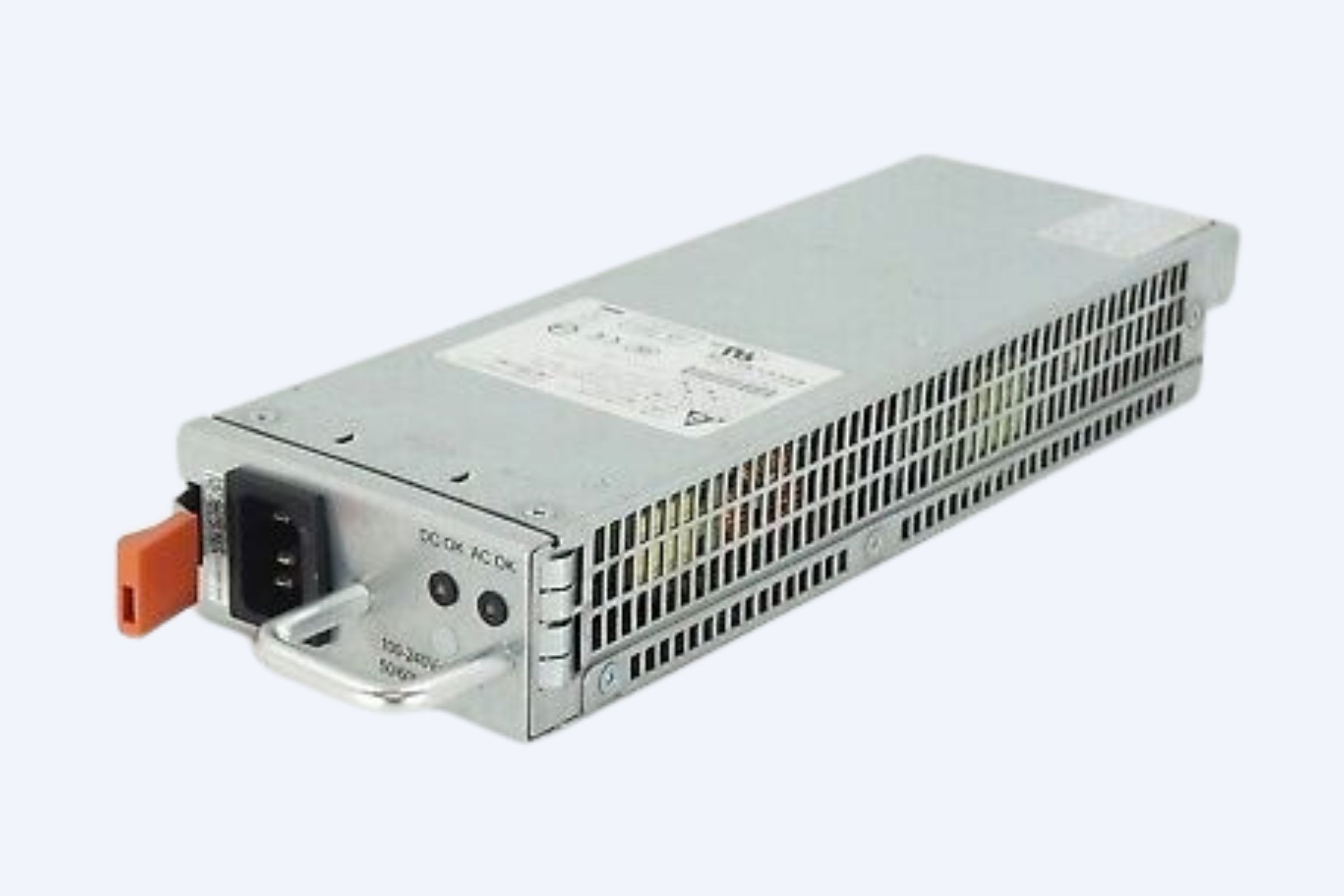Converting 25 kVA to kW involves multiplying by the power factor, which represents electrical efficiency. For instance, with a common power factor of 0.8, 25 kVA equals 20 kW of actual usable power. This conversion is key to measuring real energy output versus apparent power in systems.
How do you convert 25 kVA to kW?
To convert 25 kVA to kW, multiply the kVA value by the system’s power factor (PF). The formula is:
kW=kVA×PF
For example, with a power factor of 0.8,
25 kVA×0.8=20 kW
This shows that 20 kW is the actual useful power out of 25 kVA apparent power.
What is the role of power factor in kVA to kW conversion?
The power factor (PF) indicates how efficiently electrical power is converted into useful work. It ranges between 0 and 1, where 1 means perfect efficiency. PF adjusts apparent power (kVA) to real power (kW). Lower PF means more reactive power, reducing real usable power in the system.
Why is kVA different from kW in electrical systems?
kVA represents apparent power—the total voltage and current supplied, including wasted reactive power. kW measures real power—the actual energy doing work. The difference exists due to inefficiencies and phase differences between current and voltage, quantified by the power factor.
Which types of loads affect power factor and power conversion?
Resistive loads like heaters and incandescent bulbs have a power factor close to 1, efficiently converting power. Inductive loads such as motors, transformers, and servers have lower power factors (0.6 – 0.9), creating reactive power that lowers kW output relative to kVA input.
Where are 25 kVA and kW ratings typically applied in enterprise and industrial settings?
A 25 kVA rating commonly applies to small generators, transformers, and UPS units powering enterprise servers, networking equipment, and light industrial machinery. It refers to the maximum apparent power these devices can handle, while kW reflects actual usable power under load.
Example Table: kVA to kW Conversion at Various Power Factors
| Apparent Power (kVA) | PF = 0.6 | PF = 0.8 | PF = 1.0 |
|---|---|---|---|
| 25 | 15 kW | 20 kW | 25 kW |
How can Wecent servers and IT infrastructure benefit from proper power conversion understanding?
Wecent’s enterprise-class servers depend on precision power delivery. Understanding kVA to kW conversion helps in proper sizing of power supplies and UPS systems, avoiding overloads and inefficiencies. This ensures reliability and maximum uptime, critical for data centers and enterprise environments.
What are the common power factor correction methods to optimize kW output from kVA ratings?
Power factor correction techniques include installing capacitor banks, synchronous condensers, and using advanced power electronics. These methods reduce reactive power, raise power factor closer to 1, and increase usable real power (kW) from apparent power (kVA), enhancing energy efficiency and reducing utility costs.
When selecting enterprise-class power equipment, how important is accurate kVA to kW conversion?
Accurate kVA to kW conversion ensures the selection of correctly rated transformers, generators, switches, and UPS units. Overestimation can lead to costly oversized equipment; underestimation risks undersupply and downtime. Wecent’s expert guidance helps clients tailor power infrastructure for maximum efficiency and cost-effectiveness.
Wecent Expert Views
“Accurate understanding of kVA versus kW is fundamental in designing IT power infrastructure. At Wecent, we emphasize power factor considerations to ensure our clients receive optimally sized enterprise servers and power solutions. Efficient power usage directly impacts operational cost and system reliability, making kVA to kW conversion a critical step in IT planning. We bridge technology innovation and practical electrical engineering for seamless enterprise operations.” — Wecent Technical Team
Conclusion
Converting 25 kVA to kW is straightforward using the power factor multiplier, revealing the real usable power behind apparent ratings. Understanding power factor’s role, load types, and conversion significance is essential for proper power equipment selection and energy efficiency. Wecent leverages this knowledge to offer enterprise-class IT solutions that are reliable, efficient, and tailored to client needs. Correct power conversion optimizes performance and cost in industrial and IT setups.
Frequently Asked Questions
Q1: What is a typical power factor used in kVA to kW calculations?
A: Most electrical systems and generators use a power factor around 0.8 for conversion estimates.
Q2: Can kVA ever equal kW?
A: Yes, when the power factor is 1 (ideal efficiency), kVA equals kW.
Q3: Why is power factor correction important?
A: It improves efficiency by minimizing reactive power, reducing energy waste, and lowering electricity costs.
Q4: How does Wecent ensure server power reliability?
A: Wecent partners with top brands and applies expert power conversion practices to provide robust, certified IT infrastructure.
Q5: Does the kVA rating reflect energy over time?
A: No. kVA measures instantaneous apparent power, whereas kWh measures energy consumed over time.





















